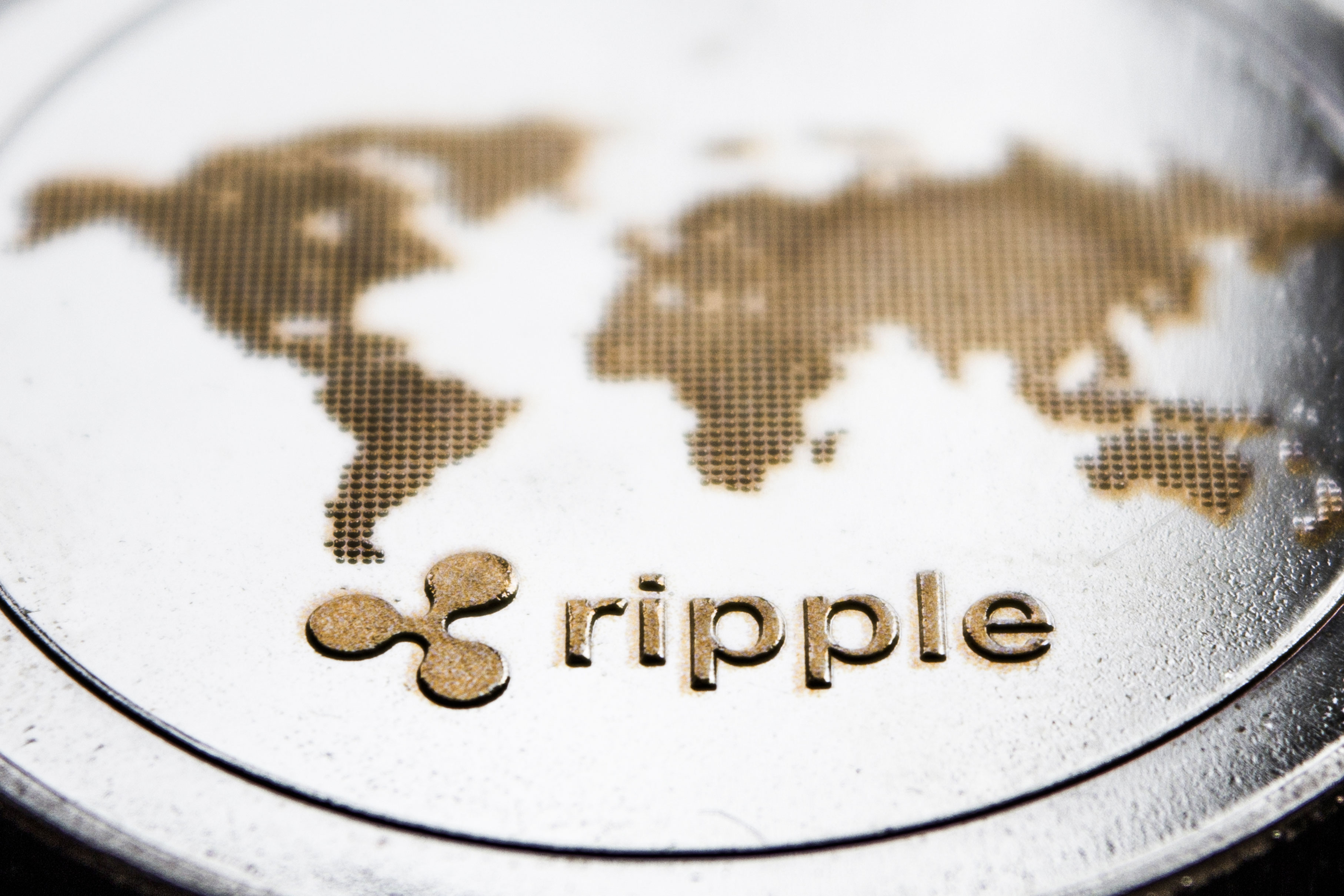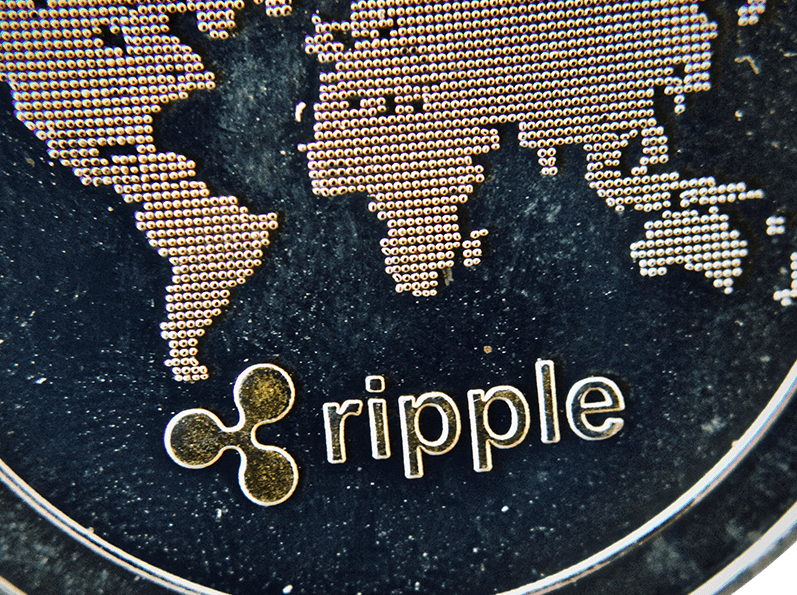Advances in technology have significantly changed the speed and ease of information movement around the world. However, the movement of money remains relatively more cumbersome, even for modern computers. Cryptocurrencies have provided significant improvements in the area of value transfer. Using blockchain technology, Ripple aims to make money transfer faster and easier.
What is Ripple used for?
Banks use the Society for Worldwide Interbank Financial Telecommunications (SWIFT) system to process international transactions. While it’s an efficient system, it comes with high operational costs compared to what Ripple can do.
Ripple aims to provide an efficient direct money transfer system that settles in real time while being cheaper, safer and more transparent than other transfer systems used by traditional financial institutions. Ripple is promoting a narrative it calls the Internet of Value. According to this narrative, Ripple claims that people should be able to transfer money and information at the same speed.
RippleNet is a global network that financial institutions can use to transfer money faster, at less cost, through a unified system. RippleNet requires the use of only one application programming interface (API). Ripple previously also had products called xRapid, xCurrent, and xVia, although the company merged those solutions to create RippleNet in 2019.
XRP Ledger is the open source blockchain on which the XRP coin runs. XRP is the native resource of XRP Ledger. XRP Ledger and XRP coin run independently of Ripple, although Ripple uses both for different solutions. Abbreviated as XRPL, XRP Ledger serves as a blockchain on which parties can construct solutions, similar to the Ethereum blockchain. Variable in U.S. dollar value, the XRP coin is also an asset traded on cryptocurrency exchanges. XRP is used in various capacities in the Ripple solution ecosystem.
RippleX serves as a platform to advertise blockchain-based solutions that stakeholders can use to transfer value. The platform is intended to serve as an easier way to leverage blockchain-based solutions. RippleX uses XRP Ledger and aims to simplify usage.

How does the XRP ledger work?
XRP Ledger (XRPL) does not use a proof-of-work (PoW) algorithm like Bitcoin’s blockchain or a proof-of-stake (PoS) like Ethereum 2.0. Instead, it relies on a configuration called the XRP Ledger Consensus Protocol to verify account balances and perform transactions. Compared to other types of blockchain consensus, the XRP Ledger protocol has noticeably better performance.
The XRP ledger is maintained by independent participants. For any transaction to be successful, there should be an agreement (consensus) between the validators. Acting as a validator is an option for each entity. While PoW blockchains create blocks – segmented segments of the overall chain, each containing specific information – XRPL creates “ledgers”.
Each ledger contains information, such as data binding it to the previous ledger in the chain or totals. Transactions and network changes must reach the approval of a certain number of validators. It takes three to five seconds to validate each block (ledger) in an XRP ledger. This is much faster than Bitcoin’s 10-minute confirmation time.
How RippleNet works
With RippleNet, Ripple has created a global network through which interactions between participants are simpler, smoother and more transparent, while reducing transaction costs and time.
Traditional centralized financial institutions can take days to complete transactions, due to the different systems involved in the process. This is slow, error-prone, costly and negatively impacts the efficiency of the business transaction.
RippleNet also boasts a feature known as On-Demand Liquidity (ODL), which eliminates the need for pre-financing when it comes to cross-border transactions. So how does ODL work? When one entity wants to send money to another, each can use a different currency. Using XRP as a transition between two different types of fiat, RippleNet’s ODL facilitates transactions with each party sending and receiving their native currency.
In the traditional world, when it comes to centralized financial institutions, sending money overseas can involve many procedures. Transaction times and fees can vary, but generally remain relatively expensive and take a day or two, with the sender bearing the transaction costs. On the other hand, RippleNet reduces transaction times and costs.

About Ripple Cryptocurrency
XRP is the native cryptocurrency of RippleNet. The original founders initially mined (created when the ledger was launched) 100 billion XRP tokens. From this pool, they gave Ripple 80 billion tokens to fund future operations and growth. Unlike Bitcoin and other mined cryptocurrencies, where new coins enter the market as block rewards, XRP enters circulation whenever Ripple decides to sell coins from its pre-mined cache on the secondary market.
In 2017, the company transferred 55 billion into an escrow account from which it could sell up to 1 billion tokens per month on the secondary market. At the end of each month, unsold tokens are returned to escrow and distributed at a later date. In the last 32 months, 32 billion XRP has been released from escrow.
In the three and a half years following XRP’s launch in 2012, its price saw two significant spikes – in December 2013, when XRP’s price increased nearly 11 times in 15 days, and a year later, when the price increased 454% in 33 days.
